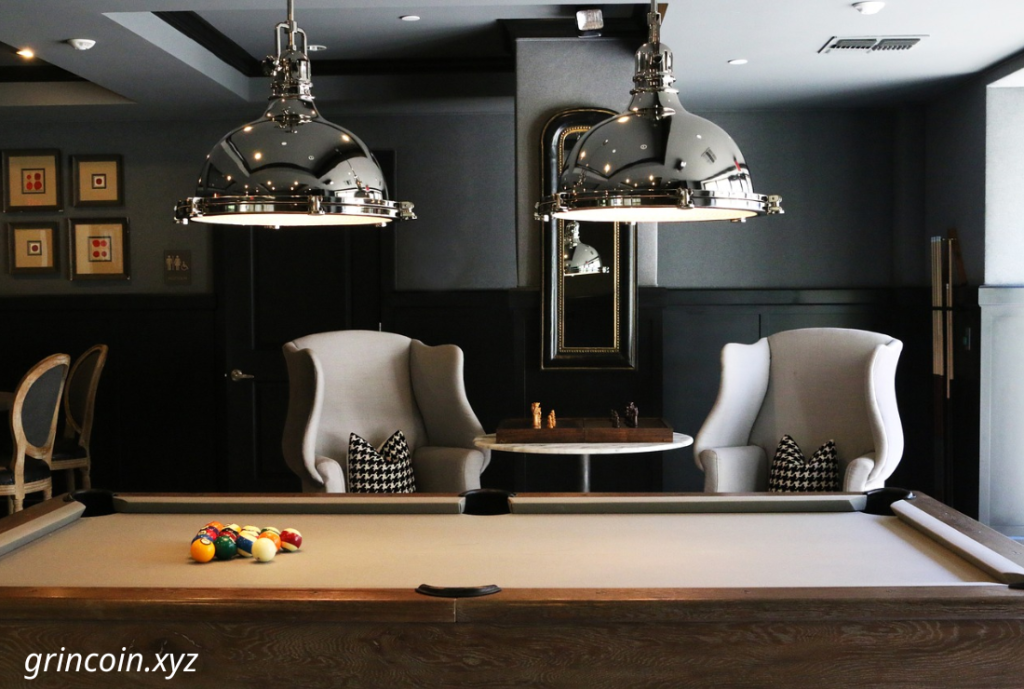NEWS
Advanced Billiards Techniques: Mastering Complex Shots and Strategies
Billiards, often seen as a game of precision and control, becomes an art form at advanced levels. Mastering complex shots and strategies is key to elevating your game from mere recreation to competitive play. In this guide, we’ll dive into the advanced techniques that seasoned players use to dominate the table. Whether you’re looking to improve your skill set or learn new strategies, these insights will help you gain a competitive edge in your billiards game.
Understanding Advanced Billiards Techniques
At the advanced level, billiards is no longer just about pocketing balls; it’s about controlling the cue ball, planning several shots ahead, and applying intricate strategies to outmaneuver your opponent. Here’s a breakdown of key concepts:
- Cue Ball Control: Mastering the cue ball’s movement is essential for setting up your next shot. This involves understanding spin, speed, and angle to ensure the cue ball ends up in the optimal position after each shot.
- Spin and English: Applying spin (also known as English) to the cue ball can drastically alter its trajectory. Mastering top spin, backspin, and side spin allows you to control the cue ball’s path and create opportunities for more complex shots.
- Bank Shots and Kicks: These are crucial for situations where a direct shot isn’t possible. Bank shots involve bouncing the object ball off one or more rails to reach the desired pocket, while kick shots involve the cue ball hitting the rail before making contact with the object ball.
- Combination Shots: These involve sinking an object ball by using another ball as an intermediary. Combination shots require precise calculation and are often used in advanced play to clear tricky clusters of balls.
Mastering Complex Shots
1. The Draw Shot
- Technique: The draw shot involves striking the cue ball below center to impart backspin. This causes the cue ball to reverse direction after making contact with the object ball, allowing you to control the cue ball’s position for your next shot.
- Application: The draw shot is particularly useful for setting up the cue ball in position when there’s limited space or when you need to avoid a scratch (pocketing the cue ball).
- Practice Tip: To perfect the draw shot, practice hitting the cue ball with varying degrees of backspin and observe how it reacts after contacting the object ball. Start with short distances and gradually increase as you gain more control.
2. The Masse Shot
- Technique: The masse shot involves striking the cue ball with a steep downward angle and applying side spin. This causes the cue ball to curve around obstacles, making it possible to reach balls that would otherwise be inaccessible.
- Application: Masse shots are particularly useful in situations where a straight shot is blocked by another ball. However, they require precise execution, as improper technique can lead to a loss of control.
- Practice Tip: When practicing masse shots, start with small curves and gradually increase the difficulty as you gain confidence. Focus on controlling the angle and spin to achieve the desired curve.
3. The Jump Shot
- Technique: The jump shot involves striking the cue ball at a downward angle with force, causing it to leave the table surface and “jump” over obstacles. This shot is often used to bypass blocking balls.
- Application: Jump shots are effective for escaping tight spots where no clear path to the object ball exists. However, they require skill and precision to avoid fouls or damaging the table.
- Practice Tip: Begin by practicing with a lower jump and gradually work your way up. Ensure your cue is positioned correctly and that you strike the cue ball firmly and accurately to achieve the desired jump.
4. The Double Kiss Shot
- Technique: The double kiss shot occurs when the cue ball hits the object ball twice during a single shot. This can either be intentional or accidental, but advanced players use it strategically to control the outcome of the shot.
- Application: In situations where the cue ball and object ball are close together, a double kiss can be used to redirect the object ball or to stop the cue ball from moving too far.
- Practice Tip: To master the double kiss, practice shots with the cue ball and object ball positioned close together. Focus on controlling the force and angle to achieve the desired outcome.
Strategic Play for Advanced Billiards
1. Safety Play
- Overview: Safety play involves positioning the cue ball in such a way that your opponent has no easy shot on their next turn. This requires foresight, precise control, and an understanding of your opponent’s strengths and weaknesses.
- Execution: Instead of aiming to pocket a ball, you focus on leaving the cue ball in a difficult position for your opponent, such as behind another ball or close to the rail.
- Benefits: Effective safety play can force your opponent into making mistakes, giving you an advantage in subsequent shots.
2. Pattern Play
- Overview: Pattern play involves planning your shots in sequences that allow for optimal cue ball positioning. This strategy is crucial in games like 8-ball or 9-ball, where the order of sinking balls matters.
- Execution: Consider the layout of the balls on the table and plan several shots ahead. Focus on controlling the cue ball to ensure it ends up in a favorable position for your next shot.
- Benefits: Mastering pattern play allows you to maintain control of the table, reducing the chances of giving your opponent an opportunity to capitalize.
3. Defensive Strategies
- Overview: Defense is as important as offense in billiards. Advanced players often use defensive strategies to disrupt their opponent’s rhythm and control the pace of the game.
- Execution: Defensive shots can include safety play, intentionally leaving difficult shots, or even fouling strategically to force your opponent into a tough position.
- Benefits: Effective defense can frustrate your opponent and force them into errors, giving you a strategic advantage.
Conclusion
Mastering advanced billiards techniques requires dedication, practice, and a deep understanding of the game’s intricacies. By focusing on cue ball control, spin, complex shots, and strategic play, you can elevate your game to new heights. Whether you’re competing in tournaments or simply honing your skills, these techniques will provide you with the tools you need to dominate the table. Embrace the challenge of advanced billiards, and watch as your game transforms from good to exceptional.

